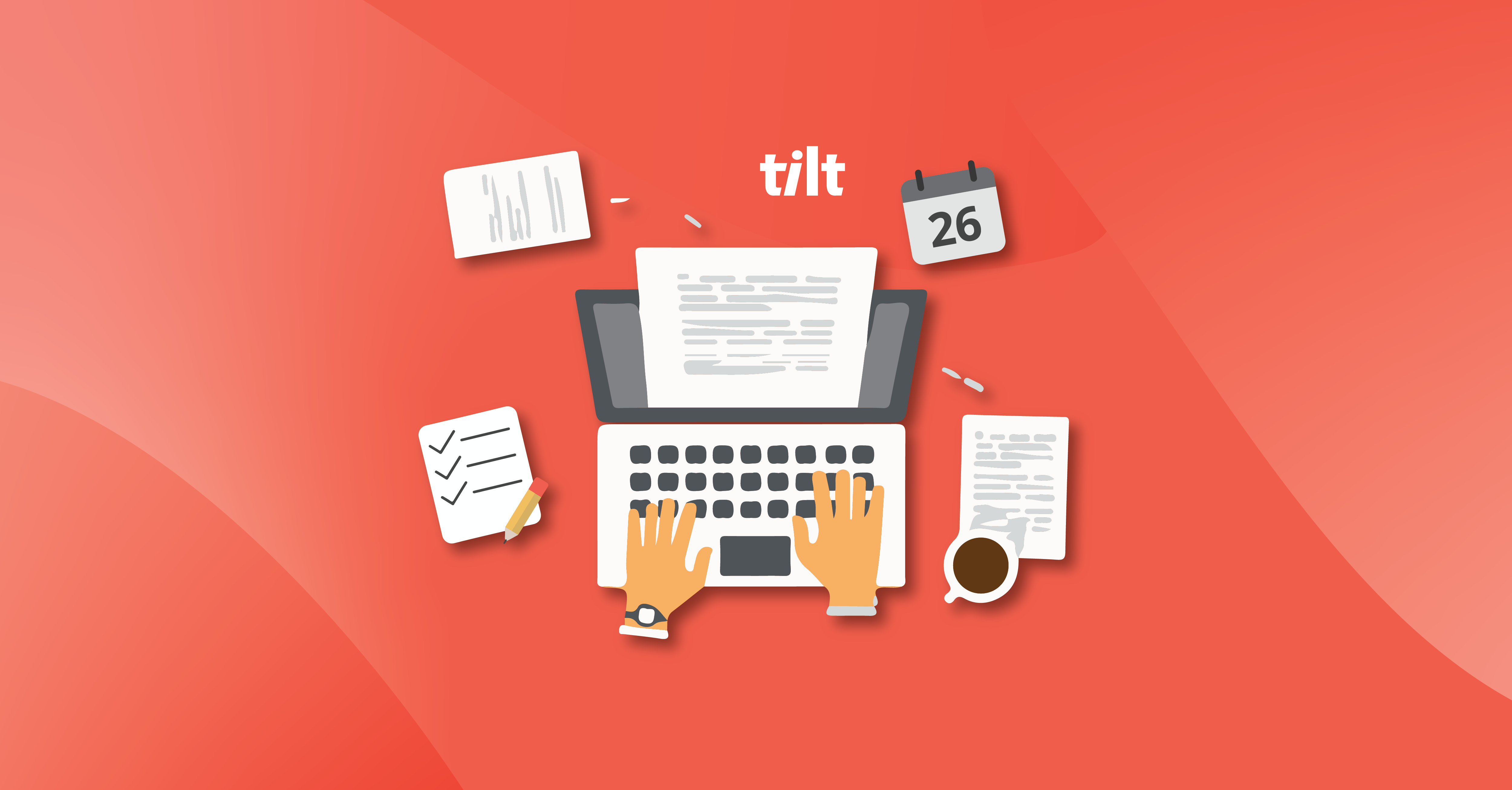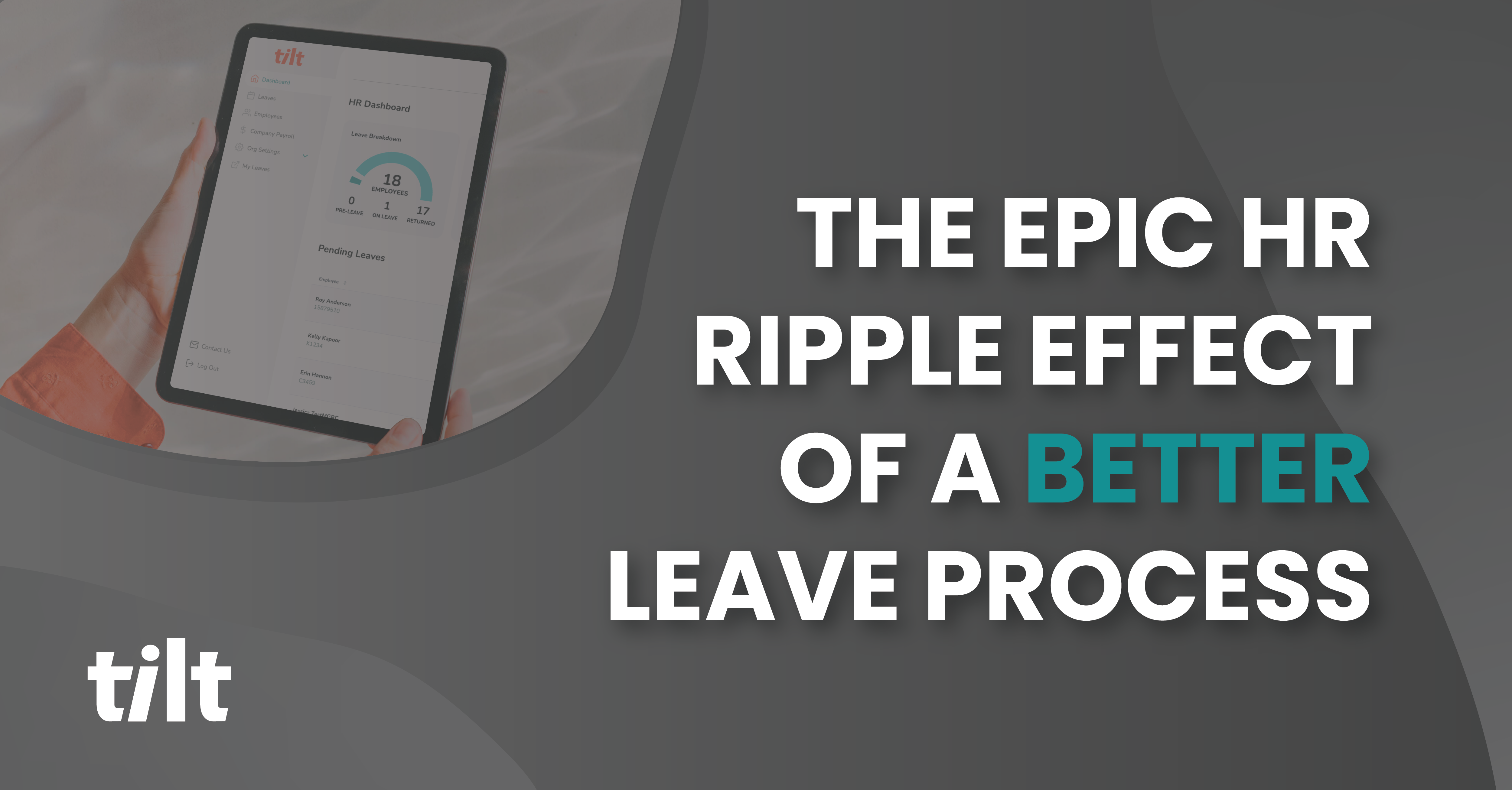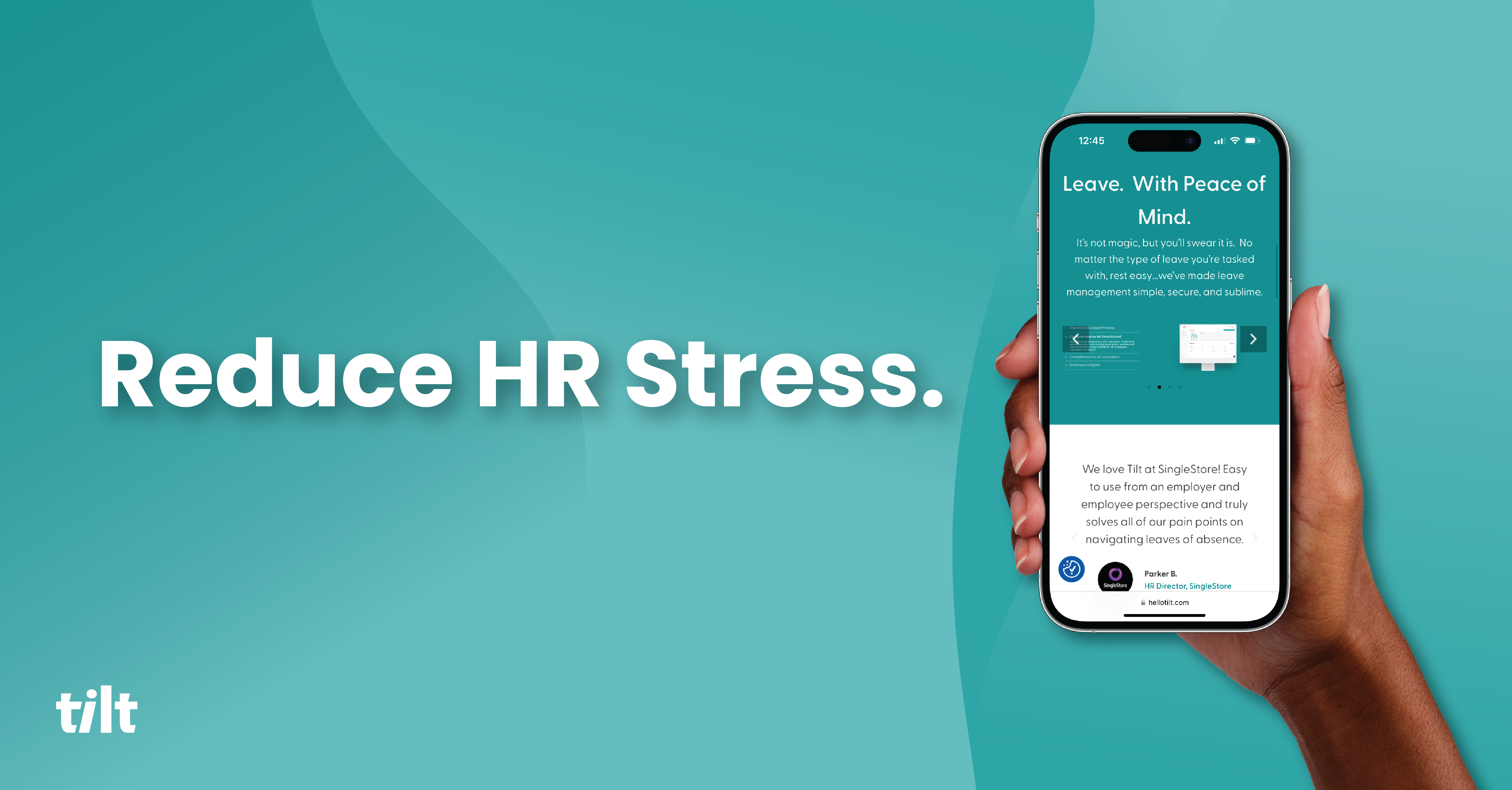Times, they are a-changin’. In a world where cars can drive themselves and salads can be driven to our doorstep, a few constants remain beyond death, taxes, and the Cowboys never winning another Super Bowl.
One such constant is employees needing to take a leave of absence from work when a major life event happens. A definitively integral part of doing business that isn’t going away anytime soon. On the contrary, leave requests are on the rise as, according to a recent survey, 42% of companies plan to offer new employee well-being benefits
Employee life events will continue to happen and requests for time off to give attention to those events will continue to be supported by employers. The way in which employee leaves of absence are supported by employers has changed, however, and for those who aren’t handling these foundational employee experiences with a modern level of care, the consequences could be detrimental to business success and lead to them falling behind.
Why Sound Leave of Absence Plans Are Critical For Success
In an economic ecosystem where work-life balance reigns supreme in the minds of most employees, providing them with accurate, comprehensive leave plans that remove ambiguity, uncertainty, and frustration is vital to success.
Not just success for the employee navigating their leave of absence, but also for your business which needs to keep operations running smoothly while the employee is tending to their particular circumstance.
We all need support from time to time, through both the good and the inevitable bad times. A well-executed leave plan supports the person and the business. Balancing humanness with operational realities can ensure success for all the people impacted by a leave of absence.
Kait Feeney, Tilt COO
But what should a sound leave plan include? Should leaves be merely transactional, or do companies seeking out a best-in-class approach need to view leave through a more human lens? What effects are these modern standards of leave management having on HR teams struggling to keep up with the antiquated systems processes at their disposal?
What A Comprehensive Leave Plan Should Include
For starters, the term “leave plan” itself is intentional and should be examined. Just like a coach drawing up X’s and O’s for a new opponent, employers looking to deliver an optimal experience to their employees taking a leave of absence need to provide them with a plan that meets the specific circumstances of that leave.
Further, employers who focus only on what happens at the start of a leave, say, the steps surrounding the leave request itself, are only planning for the 1st quarter of a game that may involve ejections to key players, controversial calls and head into overtime.
A comprehensive leave plan is exactly that, a plan. A sound plan must factor in the entire employee journey from requesting a leave, being on leave, and returning from leave in order to be successful.
Now, on to what a leave plan should include.
Part 1: A solid leave plan starts with educating employees about their rights, responsibilities, and how to request a leave.
Outwardly promoting your leave policies and removing ambiguity around the leave request process is the first step to a successful leave. It instills confidence in your employee population to take a leave when needed and provides details to do so.
Your employees should not have to seek out back channels and forums like Reddit in their time of need:

Part 2: Provide clear, concise information on what policies (federal, state, local, or organization-specific) they’re eligible for and guide them through what they need to know, what they need to complete and by when.
Whether planned or not, when an employee takes a leave of absence it’s likely they’re going through a significant life event that is demanding a disproportionate amount of their attention, a leave plan should make it easy for them to understand what leave benefits or protections they are or aren’t entitled to and what steps they need to take in order take advantage of them.
Part 3: Guide employees through applying to state benefit programs and short-term disability providers if applicable.
We may be a quarter of the way through the 21st century, but in the age of AI it can be downright startling to navigate the analog-esque processes most state departments and short-term disability providers put your employees through.
A solid leave plan should give clear guidance to employees on how to make applying for state benefits or STD a breeze because the last thing your employees want to experience during a leave of absence is disruption to their pay.
Part 4: Provide human support when questions arise or a leave takes an unexpected twist.
There are times during a leave when your employees may need support that extends beyond just showing them the path, they need a hand to hold in order to walk through it.
Every leave plan should have empathetic human support woven in so that they know they aren’t alone when the path becomes murky. Make it clear who their point of contact is if uncertainty arises or changes to a leave scenario occurs.
Employees shouldn’t have to dial a 1-800 number or self-serve via a lifeless repository of information to know how to handle a caregiver leave turning into a bereavement leave.
Part 5: Create a soft landing as the employee transitions back into the fold
Continuing the sports metaphor nobody asked for, if you can’t effectively execute a gameplan down the critical homestretch of a leave your organization might take a loss.
That’s a loss in talent if the employee’s reintegration experience is bad and it sours the relationship. Loss of productivity as an organization if your workforce planning can’t absorb the hit. And loss of morale and reputation when employees get an example of how poorly the leave was handled.
Having a re-onboarding plan is very important, especially for those extended leaves when someone has been out for a long time. Just like you would onboard a new hire, have a plan for welcoming employees coming back from leave. "ICYMI docs," are helpful for when employees return so that they can digest in their own time and ask questions as needed. It isn't just this "hey, welcome back..." followed by an overwhelming verbal diarrhea of all they missed while they were out.
Kait Feeney, Tilt COO
Tilt Recap: An effective leave plan should do more than just provide some details and send employees on their way. It should create a sense of confidence in the employee that their employer understands the necessary requirements for them to have a successful leave, and has put the processes in place to make the temporary transition clear, simple to follow, and empathetically support the entire journey until they are successfully re-onboarded.
How To Support Leaves And Avoid HR Disruption
Providing employees with a comprehensive leave plan every time a leave request comes across your inbox has never been easy, and it’s only become more complicated for HR to manage as employer benefits expand and employee populations decentralize.
On top of that, like examining a snowflake or attempting to fold a fitted bedsheet, every organization’s approach to managing leaves of absence is as unique as it is difficult to apply consistently.
By nature, leave of absence requests are unpredictable, both in their frequency (which is on the rise) and when they occur (at a moment’s notice).
The tremendous amount of pressure put on HR teams to get leave plans right and keep their organization compliant is contributing to the increase in stress HR teams are experiencing everywhere.
A holistic leave management solution like Tilt acts as an extension of modern HR teams and alleviates the burdens that come with building out comprehensive leave plans for employees across the country.
When organizations use Tilt for leave management, HR teams provide employees with a modern solution to the old way of doing leave by:
Making it easy for leave requests to be submitted
- Educating the employee on their rights and responsibilities
- Automating FMLA determination
- Building out easy-to-follow, personalized leave plans for the entire leave journey
- Automatically tracking hours
- Updating shifts in pay
- Guiding employees through state benefit programs and STD processes
- Providing a 1-1, in-house
- Leave Support Manager (AKA Empathy Warrior) for every employee
- Setting managers up for a successful reboarding when the leave is complete
Take a walk around the platform and see how Tilt makes comprehensive leave plans a stressless experience for everyone:
Tilt eliminates the disruption and frustration HR experiences when building and administering leave plans for their employees. Tilt’s in-house team of leave law experts and easy-to-use platform provides organizations with compliance confidence and employees with the empathetic support they need when life happens hardest.
Instead of learning about poor leave experiences your employees are having through Reddit, or negative chatter on Slack, provide them with a sound leave plan and the perfect leave experience from start to finish:
“I am so impressed with the service I’ve received with Tilt. Before my leave, during my leave, preparing for my return and after my return to work. My Leave Success Manager, Kelly, did a phenomenal job at assisting me. Providing me with guidance and knowledge every step of the way. So amazing.” – Daniel D., Candidate Experience Representative @ Checkr
That’s what leave plan victory sounds like.
Tilt Recap: Leave plans are as complex and unique as the employee taking them. With HR being asked to do more year over year and leaves of absence requests continuing to rise, turn to Tilt and remove the frustrations burying HR teams every time a leave request comes in. Providing the best experience for your employees needing leave doesn’t have to be hard, and with Tilt it can be easy.
About Tilt
Tilt is leading the charge in all things leave of absence management through easy-to-use tech and human touch. Since 2017, our proprietary platform and Empathy Warriors have been helping customers make leave not suck by eliminating administrative burdens, keeping companies compliant, and providing a truly positive and supportive leave of absence experience for their people.







